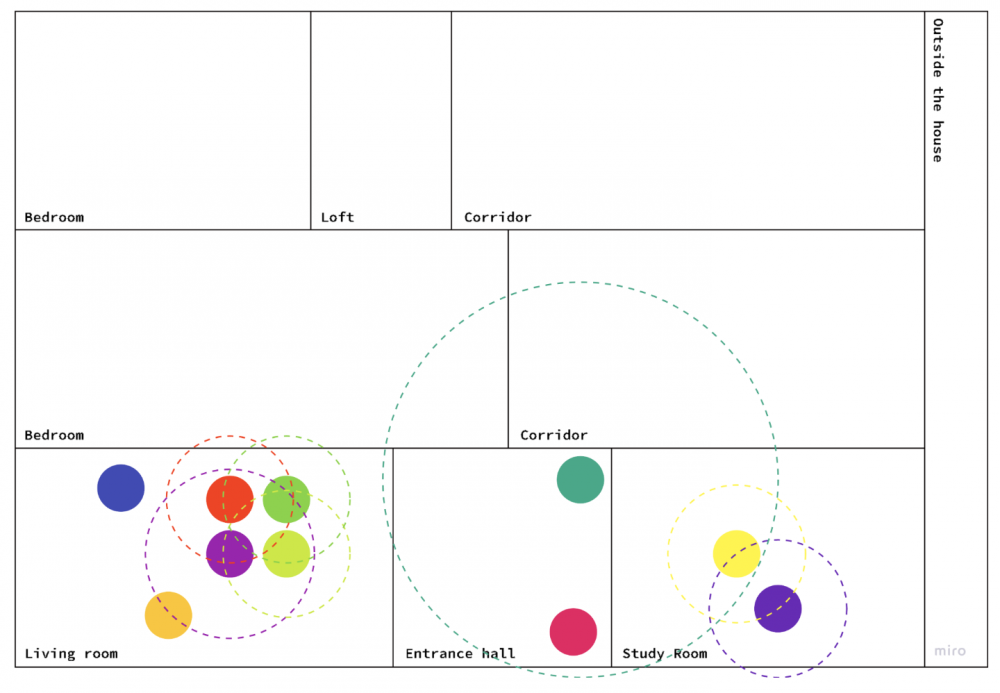Transmedia Spaces (Course)
Winter 2022

Vinzenz Aubry
Cameras of Life

Jung Hsu
How to meet out of now/here?

Francesca Valeria Karmrodt
How to meet out of now/here? (Essay)

Adel Akram Alameddine
Latent Possibilities, Latent Responsibilities, Latent Spaces

Felix Müller
Placeholder

Zhefan Gu
Relationship-"MoOooOOodel"

Levin Hu
Relationship-"MoOooOOodel"

Zhixuan-Yang
Relationship--"MoOooOOodel"
Zhefan Gu — Relationship-"MoOooOOodel"
Transmedia Spaces (Course) — Winter 2022
Collaborative experiment. Authors: Levin Hu, Zhefan Gu, Zhixuan-Yang.
MoOooOOodel is a designed artistic experiment that investigates how relationships can be re-quantified and perceived within a multidimensional space using a third-person perspective, in a context based on liminal space research and the visualisation of human relationships.
In order to verify and study the "Weaken the physical space into a two-dimensional plane, define a new Z-axis, a new space" conjectures presented, we chose a film work for the actual analysis in the course of the experiment. At the beginning we limited ourselves to thinking about the actual spatial location of each person in the house, and directed the results to a 3D-like roadmap, which is not the new spatio-temporal model we would like to see. So we compressed and simplified the original three-dimensional spatial relationship into a two-dimensional plane.
As a third person's perspective, we do not want to subjectively assume the social scope of each person. Correspondingly we went to record the visible or audible perceptual range of each character under each plot node. Finally by using time as the z-axis, we connect each individual node in series, thus forming a new visual space.
In this spatial model, the constantly dynamic changing interpersonal relationships can be clearly observed in continuous time. The relationship between people at a certain point in time is no longer independent of each other, they intersect each other's boundaries within the same space, containing and blurring each other, but at the same time constructing new spatial boundaries.
In a subsequent study, we also explored the use of 3D scanning to pinpoint the range of the human visual field, and by transecting the x-axis line of the model, a more precise range can be obtained, and finally by using time as the axis degree, the different ranges can be combined into a new visual model.


